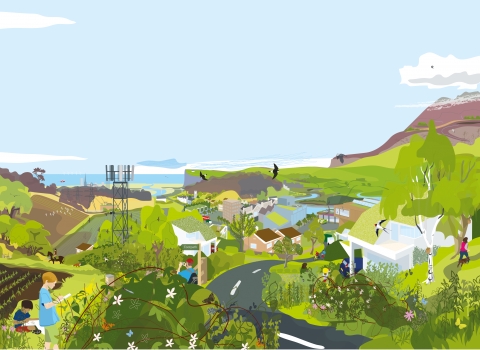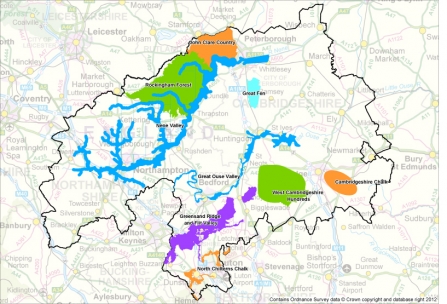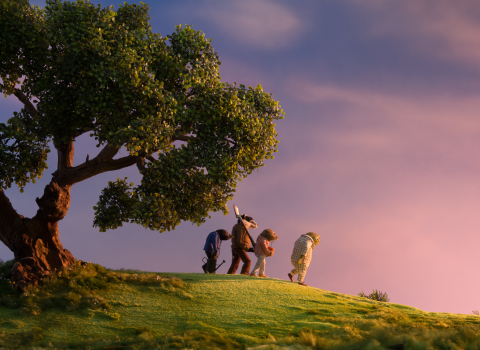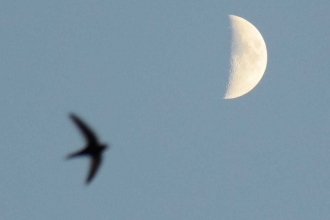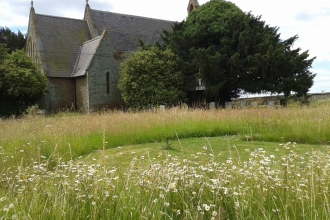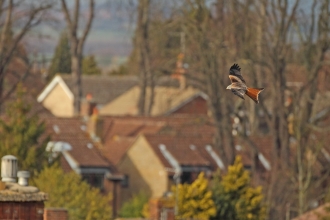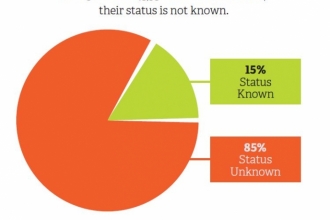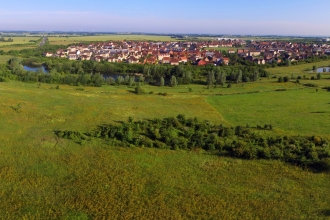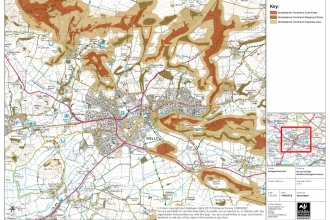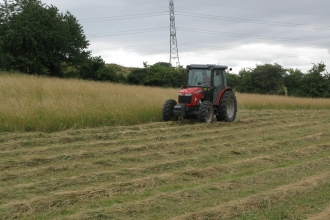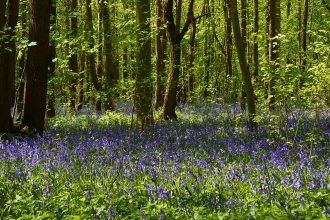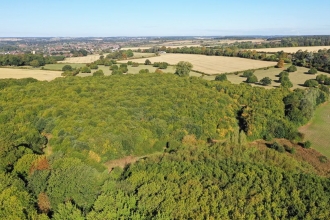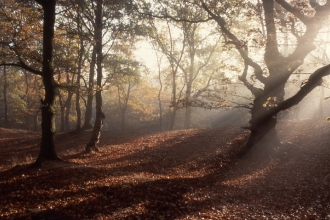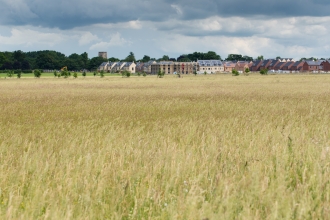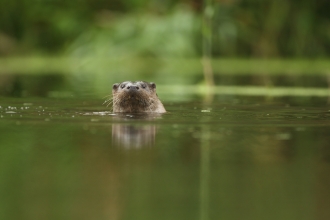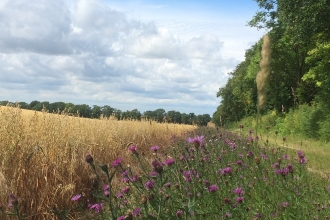Every space in Britain must be used to help wildlife.
A Nature Recovery Network
For many years we've known that nature reserves alone are not enough for wildlife's recovery. Too often we've seen wildlife forced into fewer and smaller pockets of wild space, surrounded on all sides by urban development or intensive agriculture.
Instead we need to create connected spaces across our landscape - in our towns and cities, on farmland, and in natural places - to give wildlife a chance to recover and adapt to pressures like climate change.
The Wildlife Trusts believe in a future Britain where nature is a normal part of childhood and where wildlife thrives across the landscape. Where our urban spaces are green jungles and our seas are bursting with life. Where seeing a hedgehog is an everyday experience.
We think big
We are working to build a Living Landscape across our three counties, connecting our sites together into a bigger, more joined up area and helping wildlife to move freely through the countryside without barriers. We manage nine Living Landscape projects at the moment, ranging from the Great Fen in Cambridgeshire to the North Chilterns Chalk in Bedfordshire and the Nene Valley in Northamptonshire.
For all of these projects, we work with other conservation organisations, local councils, businesses, farmers, landowners, churches and more to ensure that as much land as possible is managed with wildlife in mind, to help connect our wonderful nature reserves together with the wider environment - and with the people that live amongst and alongside it.
A Nature Recovery Network enshrined in law would help us to think even bigger
Building on the work we already do, we have put together proposals for a Nature Recovery Network to put space for nature at the heart of our farming and planning systems; to bring nature into the places where most people live their daily lives. We need new laws, including an Environment Act passed by the Westminster government, to ensure this happens. In it, local Nature Recovery Maps would be produced to achieve key Government targets for increasing the extent and quality of natural habitats, turning nature’s recovery from an aspiration to a reality.
We are at a critical moment in history to help make this aspiration a reality. Right now, government officials in the House of Commons and the House of Lords are discussing the proposed Environment Bill before voting on it later this year. It is vital that we let them know how it can be improved and that this is an important issue for a huge number of people.
With the backing of a progressive Environment Act, we could identify and confirm the absolute no-go areas for development - places like our Wildlife Trust nature reserves, Local Wildlife Sites, internationally protected areas like RAMSAR wetlands and Sites of Special Scientific Interest. We could then develop this map into a resource to identify the best opportunities for building and creating new habitats to create the greatest benefits for wildlife and people. Developers, local authorities and the government could then use this map to shape their plans, and ensure a net gain for wildlife in everything they are permitted to do.
Find out more
- Why is nature in trouble? (https://www.wildlifetrusts.org/about-us/vision-and-mission/why-nature-trouble)
- Towards a Wilder Future: our report for the Westminster Government (https://www.wildlifetrusts.org/sites/default/files/2018-06/Nature_recovery_network_final.pdf)
- National proposals for a Nature Recovery Network (https://www.wildlifetrusts.org/nature-recovery-network)
- Our work on local Nature Recovery Network maps (https://www.wildlifebcn.org/nature-recovery-network-maps)
- Jargon buster (https://www.wildlifebcn.org/jargon-buster)
How to make this happen
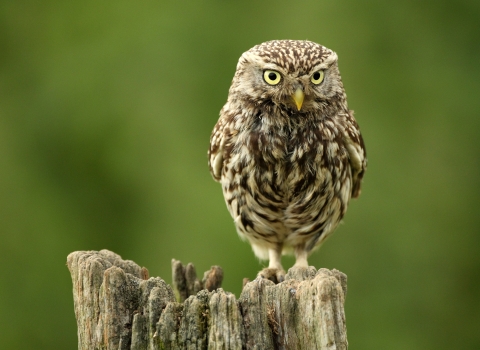
Little owl - Luke Massey/2020VISION
1. An Environment Act
We need a new Environment Act, passed by a Westminster Parliament. This would commit future governments to increasing the diversity and abundance of our wildlife, making it a bigger part of everyone’s daily lives; and to improving the health of our air, soils, rivers, seas, and consequently, people. It will need to ensure that regulation, investment, public spending and practical action work effectively together. The draft Environment Bill proposed by the government in December 2018 is a good start, but it doesn't go far enough. We need to make sure that our MPs understand the need for a stronger Environment Act.
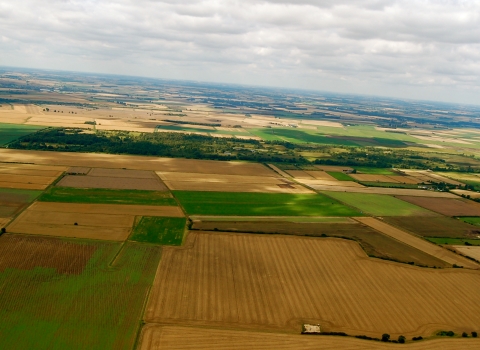
2. Nature Recovery Maps
Building a Nature Recovery Network requires detailed information: where wildlife is abundant or scarce; where it should be in future; which places are most important; and where there is opportunity for positive change. The critical tool is a Local Nature Recovery Map. Government must require Local Authorities to publish these maps, which would identify areas where the greatest benefit for wildlife and people can be achieved. They would focus and co-ordinate effective action, funding and regulation.
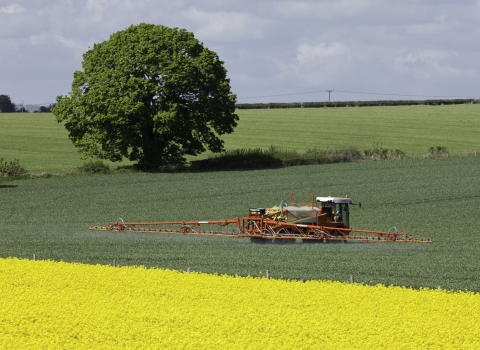
By Guy Edwardes/2020Vision
3. The People to Make it Happen
People and organisations from all corners of society will need to be called upon make space for nature. This will include land managers (such as farmers and foresters), developers and investors, public bodies and regulators. All of us have a role to play. We can help by taking action for, and providing space for, wildlife where we live and work.
Take action for wildlife now
Be part of the Nature Recovery Network
We know that nature reserves and all the larger areas of land we manage and advise on are vital for wildlife.
But so are gardens, churchyards, road verges and public parks. Letting a patch of your garden grow wild to support invertebrates, planting a wildflower mix in a window box, putting up a nest box and encouraging your child's school or your local church or park to do this too is just as important. There are lots of small actions you can take for wildlife that help add up to a nature recovery network.
Latest updates
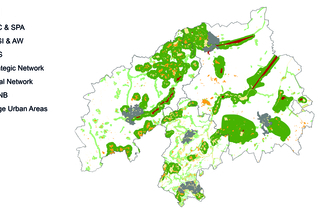
Local Nature Recovery Strategies
Local Authorities are seeking your input into their plans to help nature recover. Will you have your say?
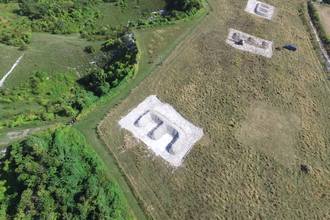
Banking on Butterflies - Project Update
Ryan Clark, the Banking on Butterflies Project Officer, gives us an update on this groundbreaking project.
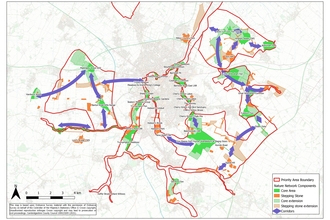
Cambridge Nature Network
A Cambridge Nature Network is launching today to provide a systematic approach to bring about nature’s recovery in and around the City…
News and comment from around the Wildlife Trust movement
Our work
We work in many different ways and with many different landowners in order to embed natures recovery across a wide network of land.

